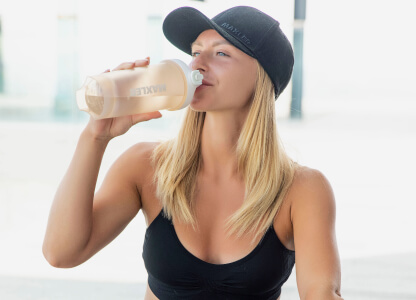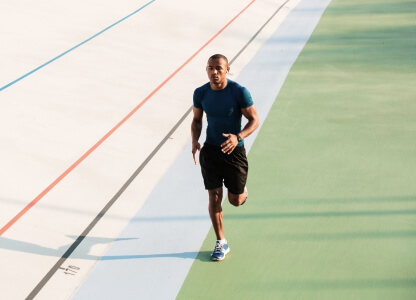TOP 3 recovery techniques

When you're trying to achieve your exercise goals, you need to strike a correct balance between training and recovery. This applies to you whether you're an elite athlete, a sports aficionado or play for your local team. The reason for that is that inadequate recovery leads to a worsening of our performance and makes injuries more likely1.


The power of water treatments
Do you enjoy taking showers after your workout? It turns out that immersing the body in water can be an effective way to recover, as it changes our blood flow and temperature11. There are multiple ways to go about it – using cold water or contrast water therapy, where you alternate between hot and cold water.
Contrast water therapy can help with making you feel like you’ve recovered and decrease your heart rate and lactate concentrations. Lactate accumulation in muscles contributes to fatigue, which is why reducing the amount of lactate can be useful in recovery12. It is effective after as little as 6 minutes of immersion/showering if you alternate hot water to cold water every minute. This recovery technique is especially helpful for those that do endurance training.
Cold water immersion can improve muscle soreness and feelings of tiredness. Alongside that, the cold functions as a method to decrease perception of pain and constrict blood vessels, which can reduce inflammation. To do that, you need to expose your body to water at a temperature of about 11-15°C for around 10-15 minutes13. The sooner you begin the technique after your workout, the better, with the first half hour after the workout being an optimal window of time14.
Cooling interventions seem to benefit competitive sports players, like rugby, soccer, and tennis players15.
Relaxing and useful - massage
Massage has been used for a very long time to promote relaxation and recovery, and there are a few mechanisms that it can act through. Massage can decrease muscle stiffness, increase range of motion, increase temperature and blood flow. It brings about relaxation, decreasing stress hormones like cortisol, and relieves pain16.
Massage can be beneficial for those that have little time to recover between intensive training17. Having a 20–30-minute massage up to 2 hours post-exercise can reduce DOMS, or the feeling of soreness that occurs days after exercise18. Elite and recreational athletes, such as runners or cyclists, can benefit from massage due to its ability to decrease perceived pain and tiredness19,20.
It is a great method of psychological recovery, as it can make you feel more relaxed. It is also easy to combine with other recovery techniques and can effectively boost recovery when paired with active recovery21.




